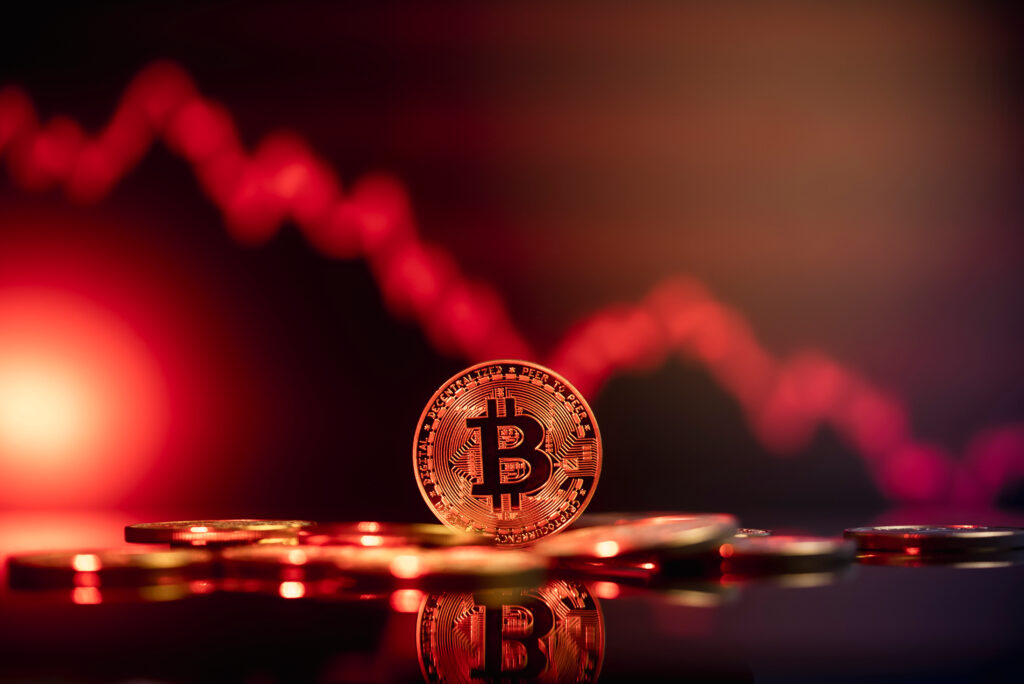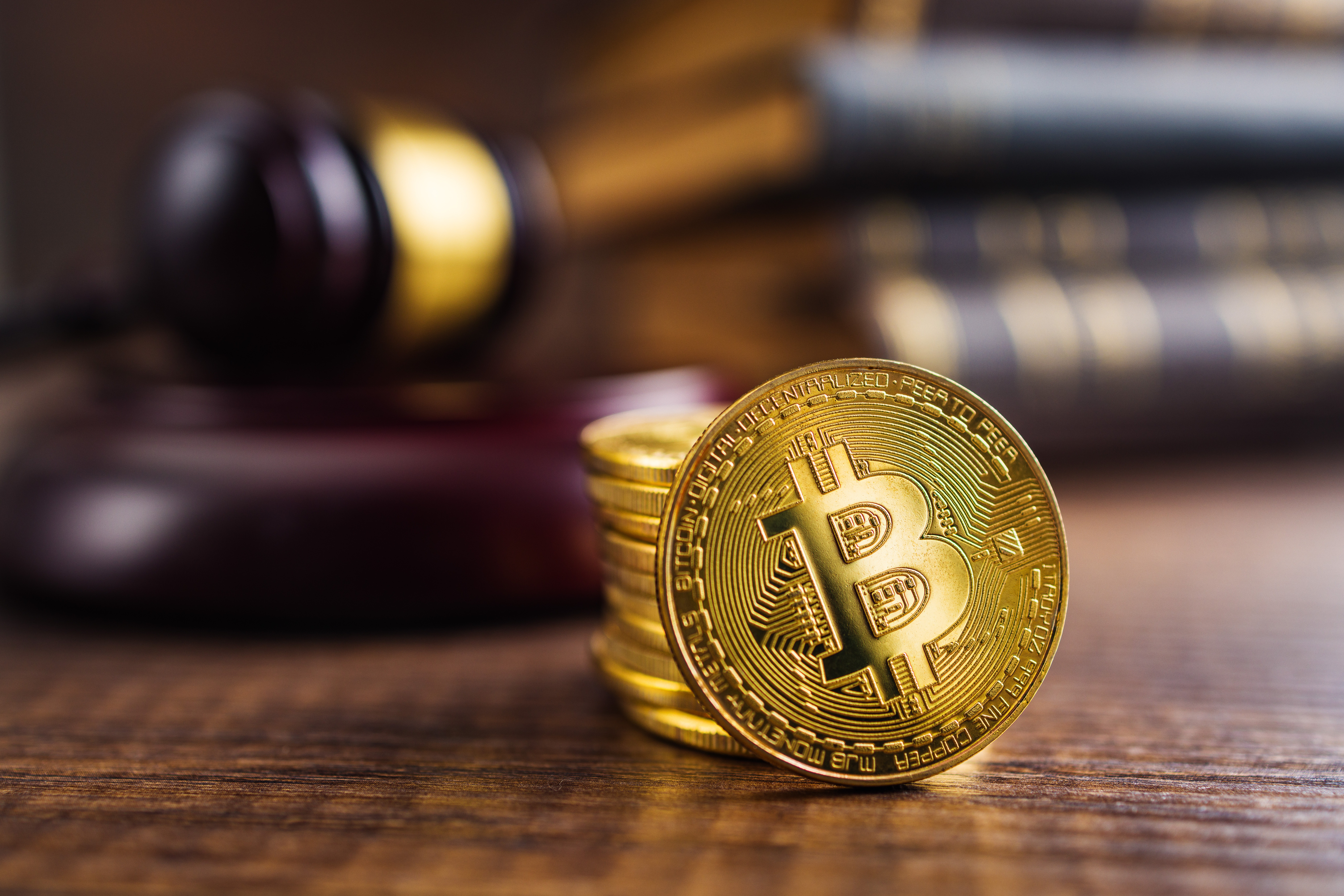If you had a chat with a crypto enthusiast in the early 2010s (provided you could find one, as it was not nearly as easy as it is today) they would probably tell you of a series of inalienable characteristics blockchains and cryptocurrencies would need to retain to accomplish their ideological mission.
Two of them would undoubtedly be decentralisation, and freedom.
We’ve covered the journey the concept and importance of decentralisation have been through via the case study of Ethereum, so now it’s time to assess the likelihood of a successful crypto world remaining truly and conventionally ‘free’.
There are of course many varying definitions of what would make a blockchain truly free: some might argue it’s freedom from bad actors and thus infrastructural risk, some might argue it’s freedom from depending on miner politics. But most see it as the existence of crypto as something outside of governmental financial regulations, and thus from fiscal and political control.
With the massive explosion of crypto adoption over the pandemic years and the generic normalisation of retail investing, both a new class of mass customers and a need to protect them were created in unison.
The sphere of financial influence cast by cryptocurrencies has grown wider, and their use as novel investment vehicles by people and institutions with weak exposure to fintech and blockchain knowledge is becoming increasingly pervasive. While this is good for crypto adoption, it exposes the wider macroeconomic environment to one of the most unpredictable and less studied markets out there. This raises understandable concerns from regulators and political entities preoccupied with projecting an image of solid control over an already fluctuating and inflation-heavy market.
But while it’s definitely inevitable as a side dish to the tasty idea of crypto becoming part of every day life, is regulation actually good for crypto? Or does it hinder its development? Let’s dig in.
The Good

There’s no denying it: cryptocurrency users are steadily among the customers of financial institutions who are hit the hardest by scam attempts, investment risk, and even exposure to insolvent asset holders – all without a shred of the protection warranted to traditional investors, particularly after the 2008 subprime crisis.
Furthermore, even when their own behaviour is verging on the spotless and perfectly legal, they tend to be unfairly targeted by suspicious investigators and uneasy lenders – paying for a mortgage collateral with crypto proceeds, for example, remains a big struggle even in crypto-friendly legislations such as the UK.
This general lack of trust towards the sector is mainly aimed at its proven incapacity to carry out successful self-regulation efforts – as shown by the fact that many of crypto’s biggest price crashes have originated from fraud scandals or insolvent juggernauts, with a sprinkle of ponzi scheme and unsecured credit.
After all, there is plenty of evidence that for all their potential, cryptocurrencies are beloved by criminal organisations because of their unregulated and unscrutinised nature: a lot of illicit and sometimes also immoral services can be purchased for Bitcoin or Ethereum, from drugs to murders, as well as a plethora of tax avoidance and money-laundering tactics.
The first thing regulation would do is reinstate public trust, a key point to regain positive traction in price and PR, after the negativity of 2022.
The good news is that it’s definitely happening: in 2022 the governments regulating some of the most important financial markets in the world all introduced proposals for digital assets – the EU’s ‘Markets in Crypto-Assets Regulation proposal’, Joe Biden’s ‘Comprehensive Framework for Crypto Regulation and Development’ and the UK’s own mission statement published in early 2023.
This sounds like a no-brainer thus far, but there’s some vocal opposition to this standardisation and institutionalisation of crypto practices.
The Bad (And Some Of The Ugly)

There is the obvious argument: regulation doesn’t just need to exist, it also needs to be tailored to suit the characteristics of new technology. For example, assessing the viability of automotion based on the laws of operating horse-drawn carriages wouldn’t work at all.
Therefore there is a section of crypto-enthusiasts who fear that the current failings of the industry are to be ascribed to the fact that digital asset companies are trying to fit round pegs in square holes, thus leading to ‘normal’, ‘centralised’ companies such as FTX and Celsius Network taking over what should be decentralised spaces and abusing existing legislation – shifting the blame on ‘risky new models’ when these setbacks are really the outcome of excessively slow progress.
There is then an even uglier prospect: that rather than the lack of rules, the industry might suffer something worse, an unjust and out-of-touch application of them.
There is a case to be made that self-regulatory processes such as the ones embedded in decentralised exchanges or smart contracts have their strength in the lack of human supervision required: they can arguably ‘see more’ of what happens within a certain market and detect more irregularities than any single judge or ombudsman might be able to.
Intentionally limiting these capabilities and slowing them down to allow for human second passes would be a great disservice to the accomplishments made by crypto developers over the last decade and sort of defeat the point of decentralisation altogether.
There is then the very thorny issue of taxation: current models allow for a certain freedom of management and, often, for an easy avenue towards tax avoidance. Some argue the introduction of stringent regulation and the inclusion of crypto within the remit of activities directly monitored by fiscal legislators would discourage investment and create a very complex situation for what is meant to be a trans-national, borderless payment and service network.
The red tape menace is also omnipresent: given the complexity of some of the financial models created by DeFi developers, it could take years to just study and devise fitting legislation around them – by the time this happens, cryptocurrency might have moved forward so quick to make the entire work irrelevant. In essence, technological power tends to grow more quickly than governmental legislative action.
An Inevitable, Hopeful Future

Regardless of your place of residence, given the large number of prominent crypto market participants who hail from one of the three areas we mentioned before, it’s likely the rest of the global market will follow suit.
While at this stage it’s hard to envision an unregulated blockchain industry existing past the next bull run, there is reason for hope – just like crypto went from an underground anarchist project to a prominent feature of worldwide macroeconomics in just a decade, there is no doubt a new generation of crypto-savvy legislators is about to enter governmental offices across the globe over the next 10 years.
Legislation and regulation might be unavoidable, but the chances of this representing an ever-growing and ever-more secure space for billions of users are increasing by the day.









